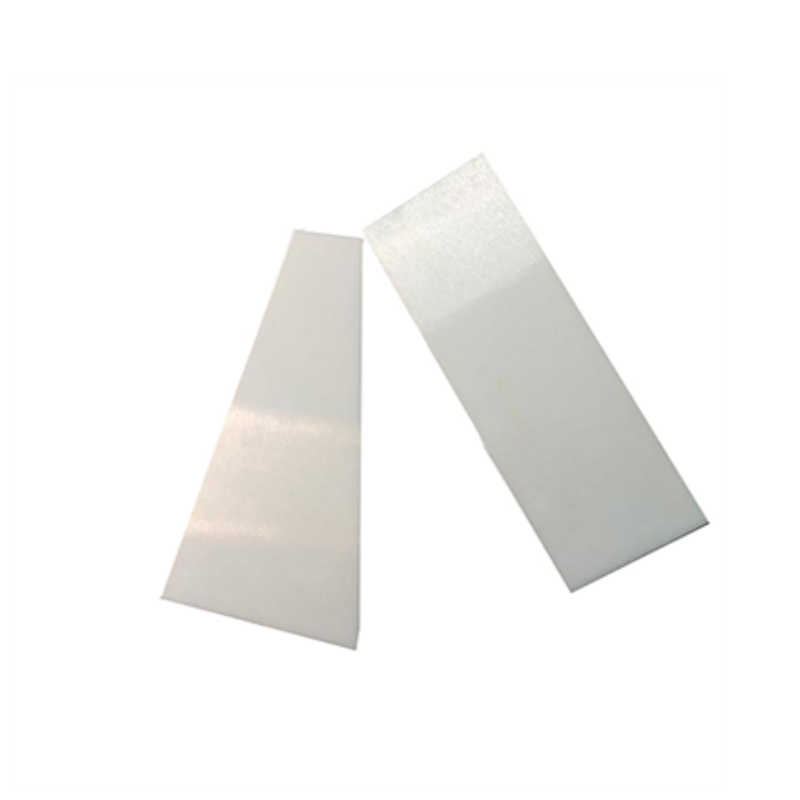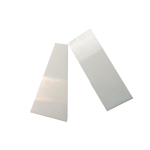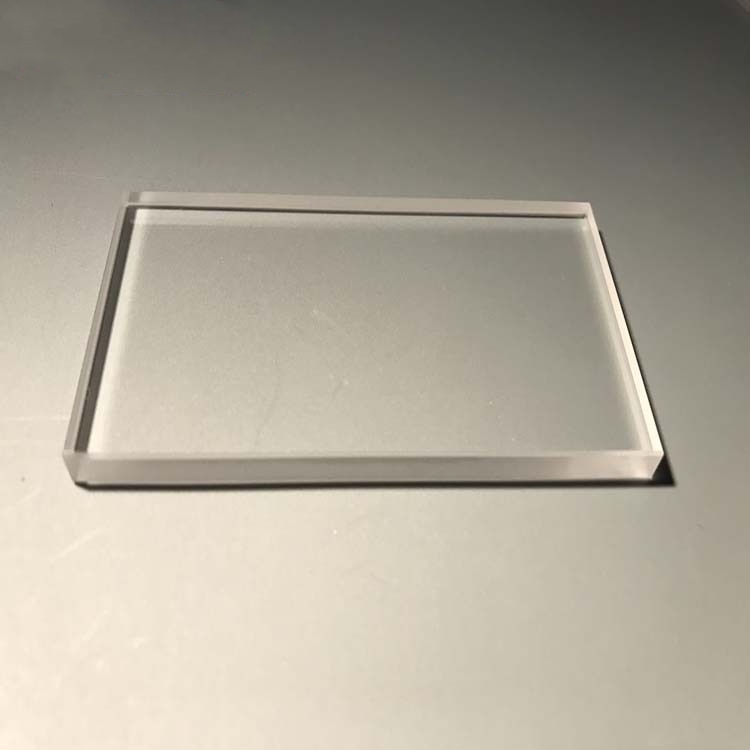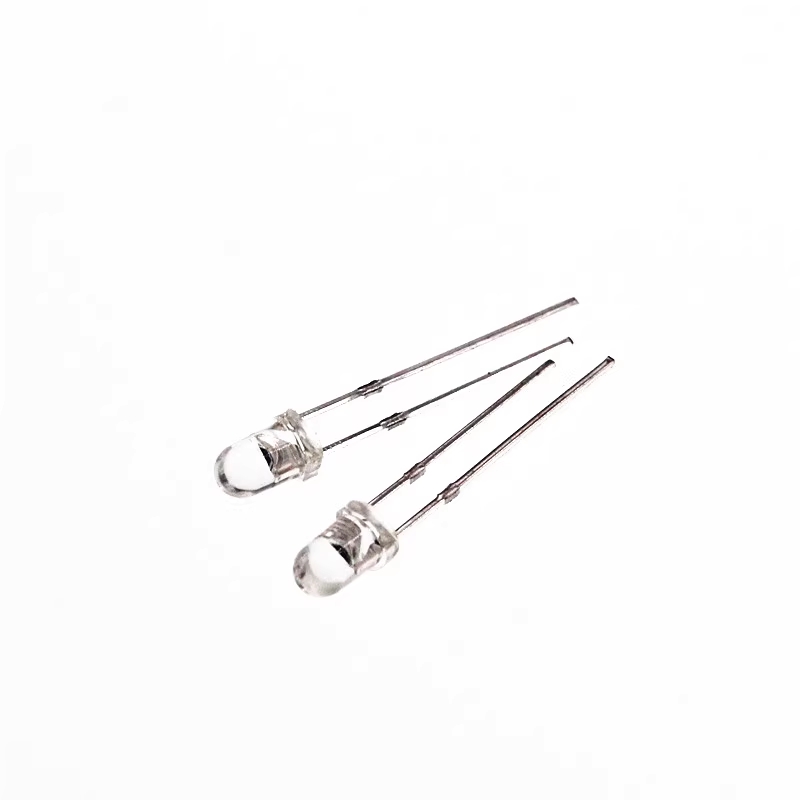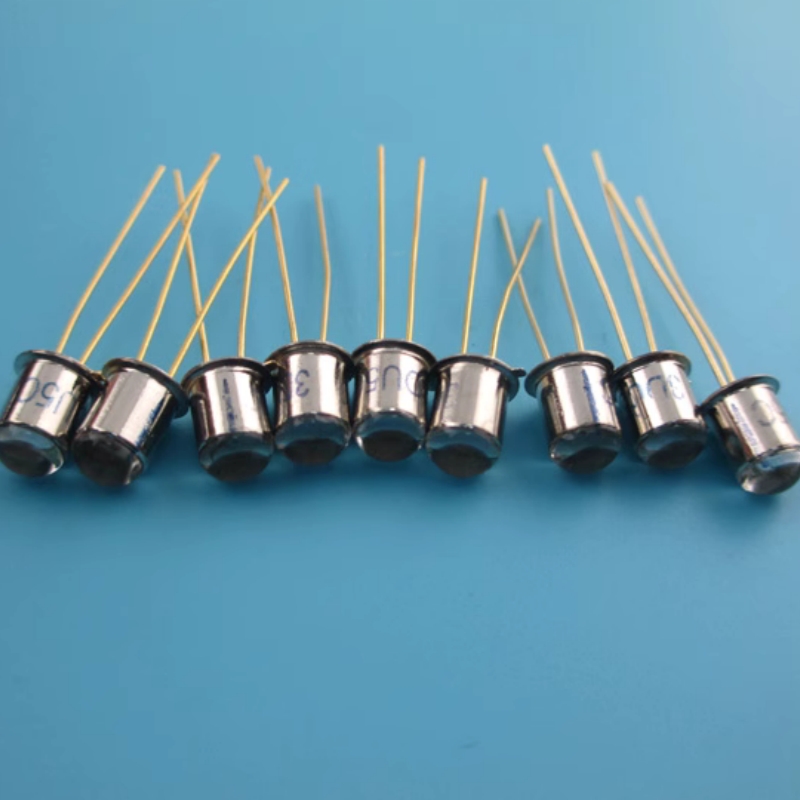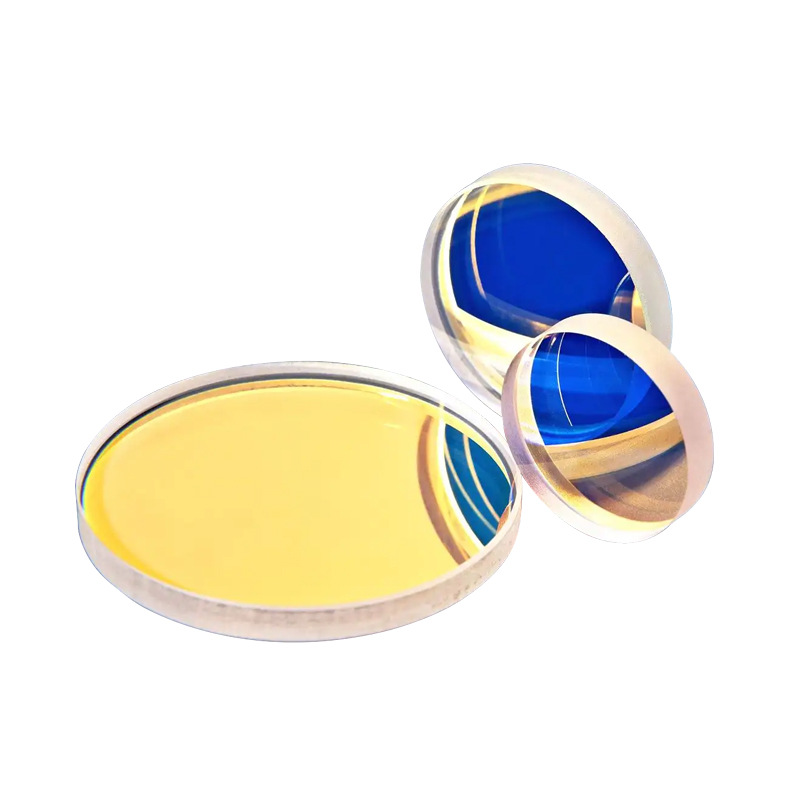Zirconium oxide ceramic plates (ZrO₂ ceramic plates) offer exceptional mechanical strength, optimized thermal stability, and superior wear resistance. Designed for high-performance industrial applications, they ensure precise structural integrity, extended durability, and reliable operational efficiency.
Product Overview:
Zirconium oxide (ZrO₂) ceramic is a high-performance material, widely used in applications that require high temperature resistance, corrosion resistance, mechanical strength, and electrical insulation. It is typically white when pure, but may appear yellow or gray when containing impurities, often with a small amount of HfO₂. Zirconium oxide ceramics can exist in three crystalline forms, and their production process requires excellent powder dispersion and ultrafine particle size.
Product Features:
- High Temperature Performance:Exhibits excellent stability at high temperatures.
- Corrosion Resistance:Shows outstanding resistance to various chemical environments.
- High Mechanical Strength:Maintains strong performance in applications requiring high strength.
- Good Insulation:Suitable for electrical and electronic applications.
- Excellent Dispersion and Particle Size Distribution:Meets a variety of industrial requirements.
Applications:
- High-Temperature Technology:Widely used in high-temperature furnaces, spray equipment, and other high-temperature processing equipment.
- Electronic Ceramics:Used as insulating substrates for electronic components and to protect electronic devices.
- Corrosion-Resistant Materials:Applied in corrosion-resistant parts for chemical equipment.
- Mechanical Manufacturing:Used for wear-resistant parts and durable bushings.
- Metallurgical Industry:Serves as a corrosion-resistant material for high-temperature molten metals.
| Property | Unit | ZTA | YIZ |
| Bulk Density | g/cm³ | 3.8-4.6 | 6 |
| Hardness | MPa ≥ | 86-88 | 88-90 |
| Flexural Strength | HRA ≥ | 172-450 | 900 |
| Max Operating Temp | °C | 1400-1500 | 1500 |
| Thermal Expansion | ×10⁻⁶/℃ | - | - |
| Dielectric Constant | tr (20℃, 1 MHz) | - | - |
| Dielectric Loss | tanδ ×10⁻⁴ (1 MHz) | - | - |
| Volume Resistivity | cm (20℃) | 10¹³ | 10¹⁴ |
| Breakdown Strength | KV/mm, DC ≥ | - | - |
| Acid Resistance | mg/cm² ≤ | - | - |
| Alkali Resistance | mg/cm² ≤ | - | - |
| Wear Resistance | g/cm² ≤ | - | - |
| Compressive Strength | MPa ≥ | 2300-2900 | 2500 |
| Flexural Strength | MPa ≥ | - | - |
| Elastic Modulus | GPa | - | - |
| Poisson's Ratio | (Lateral Strain Coefficient) | - | - |
| Thermal Conductivity | W/m·K (20℃) | 13-27 | 22 |
 new material
new material

